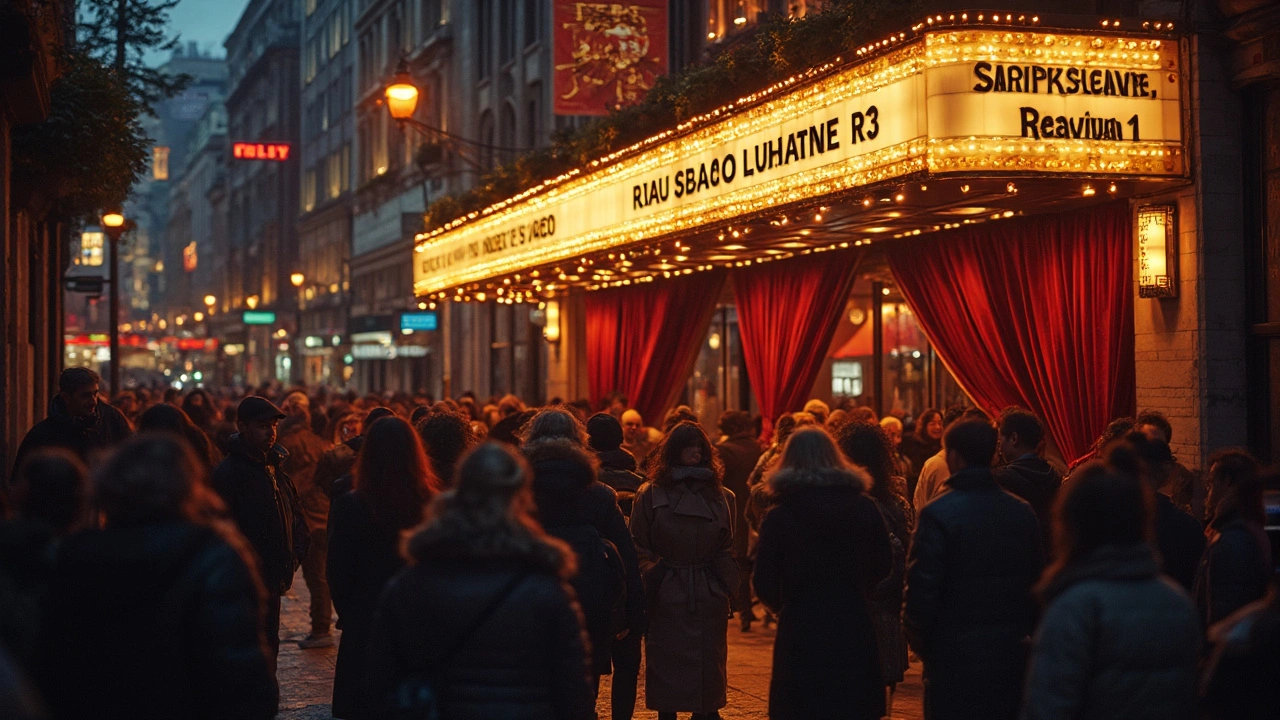Modern theatres are buzzing with a fresh energy as they bring classic plays back to life. Audiences seem hungry for big-name revivals, with recent productions breaking ticket records and sparking new debates. This article breaks down why old stories still hit home, what it takes to put on a successful revival, and how both fans and newcomers can get the most out of these shows. We'll look at why directors love reimagining Shakespeare and how the digital age makes theatre more accessible than ever. Plus, some practical tips for catching the best revivals before they sell out.
Stage of Architecture: How Styles Mark Design Moments
Architecture is a time machine. Walk down a city block and you’ll pass stages of design that tell stories: Roman arches, Renaissance symmetry, Beaux‑Arts grandeur, modern glass boxes, and neo‑futurist curves. Each stage reflects tools, tastes, and tech of its moment. If you want to read buildings like a map, start by noticing clear, basic signals.
How to spot a style-stage
Look for signature moves, not guesses. Ancient Roman work favors arches, vaults, and heavy masonry. Renaissance buildings return to proportion and classical orders—think domes and measured facades. Baroque amps up drama with curved forms and rich ornament. Beaux‑Arts mixes classical detail with big, formal layouts. Georgian is neat and symmetrical; Colonial shows local materials and blended influences. Constructivist and Bauhaus strip decoration for bold geometry and function. High‑Tech exposes structure and systems. Neo‑Futurism uses sweeping forms and new materials. Spotting one or two clear features makes identification fast: columns, window types, roof shapes, and how ornament is used.
Context helps. A civic building with grand steps and sculptures likely draws from Beaux‑Arts. A factory with exposed steel and glass suggests High‑Tech or International Style. A seaside home with stucco walls and red tiles? Mediterranean Revival. Use street-level clues—materials, window rhythm, and rooflines—before you overthink details.
Using historical stages in modern projects
Want to borrow from an older stage without copying? Keep three rules: pick one strong element, respect scale, and update materials. For example, reuse a Georgian symmetry in a new façade but simplify ornament. Take a Beaux‑Arts entrance and use modern glass behind it to create contrast. When renovating, protect character features like original windows, moldings, or stonework; they anchor the building’s stage and add value.
Practical tips for homeowners and designers: photograph original details before work starts, consult a preservation guide for your area, and choose reversible interventions when possible. Reversible changes—like freestanding partitions or removable lighting—let future owners restore the original stage easily. For new builds inspired by past stages, test proportions at full scale with cardboard or mockups. That prevents a small detail from looking awkward on a larger building.
Staged thinking also helps city planning. Mixing stages—old warehouses converted with contemporary inserts, or a modern tower beside a classical courthouse—creates texture and interest. Done well, contrast highlights each stage’s strengths instead of hiding them.
Curious where to start? Pick a nearby street, find one clear example from the list of stages, and spend ten minutes noting what stands out. Over time you’ll read cities faster and choose design ideas that respect history while pushing projects forward.

